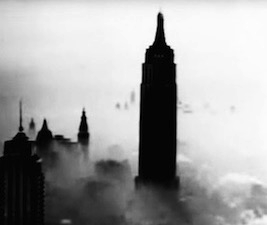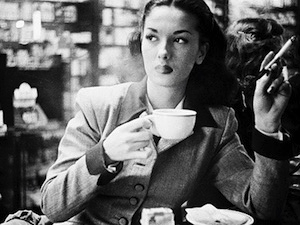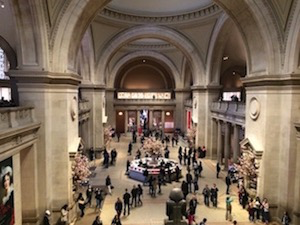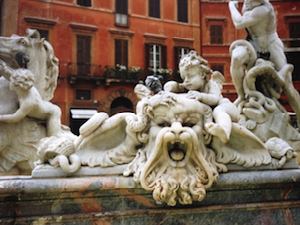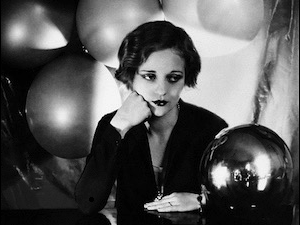The Metropolitan Spirit
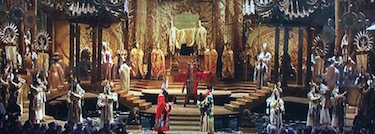
The Metropolitan Opera
Tickets for perfomances at the Metropolitan Opera are available online.
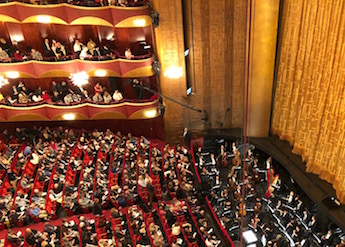
Tickets and Seating
The Metropolitan Opera House seats 3,800 and includes an enormous balcony with tickets to the top half sold as Family Circle and tickets to the bottom half sold as Balcony. High up in the Family Circle is a good place to sit if there are not a lot of people around you but can also be crowded and uncomfortable for a sold out show. Seats at the bottom of the Family Circle or any seats sold as Balcony are good places to see and hear. Seats in the Dress Circle tucked just below the balcony are a bit claustrophobic unless you’re in the first few rows.
Rush Tickets
$25 Rush Tickets are available online at 12 Noon ET for Monday through Friday evening performances, four hours before curtain for matinees, and at 2 PM ET for Saturday evening performances. You may be seated in back rows of the Orchestra where you will still have great sitelines and will be much closer than similarly priced seats in the Family Circle. However, because of the back wall and overhang, the last rows of the Orchestra can be stuffy and claustrophobic from the hot air of nearly four thousand people settling into their seats until the Opera House cools down.
Loge Box Seating
Sitting in the Loge boxes gets you away from the crowds in the upper tiers. Loge tickets are sold at low cost and are often available because views of half the stage are obstructed. However, the Loge boxes are much closer to the stage and offer a much better perspective on what you can see compared to seats in the Family Circle. Plus you have a great view of the orchestra which is fun.
Ring des Nibelungen and The Machine
The 2019 Metropolitan Opera presentation of Wagner’s Ring Cycle opened with the triumphant deployment of its controversial set, The Machine, in the theft of the rheingold scene. Created by Wagner as a prequel to the other legs of the Ring cycle, the 150 minutes of Das Rheingold flew by without intermission. The Machine facilitated a beautiful, other worldly rendering of the rhinemaidens encounter with Alberich. Unfortunately the Machine would rarely be utitilized to such brilliant effect in the subsequent legs of the Ring Cycle.
The Machine became stagnant in Die Walkure and many probably yearned for a more romantic, traditional set rendering of Sieglinde’s hearth. In Die Walkure, The Machine only really came to life in the Ride of the Valkyries, transforming into indvidual planks for each valkyrie to ride. The Machine also does well creating the closing image of Brunnhilde in the Ring of Fire but too often The Machine is reduced to an asymmetrical projection screen.
The Ring Cycle is only presented every six years at the Metropolitan Opera resulting in full houses and congested public areas. By the third opera, Siegfried, the crowd became antsy. Fisticuffs almost broke out between two venerable parties in the Family Circle as they yelled rebukes at each other.
Gotterdammerung, the final leg of the Ring Cycle, stretches over five hours and begs a consideration of presenting the opera over two days. Most younger folks struggle with the attention span for a double length opera. Most older folks have trouble sitting for five hours in a tight space. One woman proclaimed at the first intermission, “I’m leaving after this act.” Foolhardy! Having stuck it out that long she should have stayed for the final act of the Ring Cycle as The Machine sprung back to life with the return of the Rhinemaidens.
Met Opera Diary
The 2017 production of Rigoletto opened with a delightfully festive Las Vegas set.
Also in 2017, backed by a sparse, understated set evoking a de Chirico painting, Sonya Yoncheva enraptured the Metropolitan audience with her extraordinary performance in La Traviata.
The 2018 production of Tosca, billed by The New York Times as the event of the season with its tumultuous leadup and all the drama of late cast changes, triumphed despite the turmoil as Sonya Yoncheva stepped in to sing the lead. Sonya, now a full blown New York favorite, pleased the audience even more than the restoration of romantic Zeffirelli style sets.
The sumptuous Zeffirelli production of La Boheme included another brilliant performance by Sonya Yoncheva and colorful delightful sets including a donkey pulling a cart across the stage in the cafe scene.
Zeffirelli’s artistic talent was on display yet again in the 2018 production of Turandot. The moody lighting and the resplendent palace, courtyard, and costumes were a delightful backdrop to Puccini’s tale of the frozen heart of a princess.
The Met’s 2018 production of Cosi Fan Tutte presented Mozart’s beautiful music backed by a low budget set featuring a ferris wheel, sword swallower and fire eater, evoking 1950’s Coney Island.
Parish Opera Events
At the turn of the century, the parish of Our Lady of Good Counsel on E. 91st Street presented a production of La Boheme in their sanctuary with their church lector as Rudolfo and his friends rounding out the cast.
Soprano Judith Blegen played the Collegiate Chapel of Christ the Teacher at Merrimack College in 1981.
European Opera Notes
The Prague Opera House, used by Milos Forman in the filming of Amadeus, presented Don Giovanni in 2006. It’s quite a kick to see a performance at the historic venue but the seats are a bit rickety.
Built in 30 A.D., the Arena in Verona, a fully intact precursor to the Colosseum in Rome, presented Aida and a particularly resplendent production of Turandot in 2010. Post Opera, the cafes outside the Arena especially Liston bustle with excitement late into the morning night.
Dates of Composers
Baroque
Pachelbel 1653 - 1706
Lotti 1667 - 1740
Vivaldi 1678 - 1741
Zelenka 1679 - 1745
Heinechen 1683 - 1729
Handel 1685 - 1759
Bach 1685 - 1750
Pisendel 1687 - 1755
Quantz 1697 - 1773
Gluck 1714 - 1787
Haydn 1732 - 1809
Classical
Mozart 1756 - 1791
Beethoven 1770 - 1827
Romantic
Donizetti 1797 - 1848
Berlioz 1803 - 1869
Mendelssohn 1803 - 1869
Chopin 1810 - 1849
Wagner 1813 - 1883
Verdi 1813 - 1901
Brahms 1833 - 1897
Bizet 1838 - 1875
Tchaikovsky 1840 - 1893
Dvorak 1841 - 1904
Victorian
Puccini 1858 - 1924
Debussy 1862 - 1918
Strauss 1864 - 1949
Satie 1866 - 1925
Modern
Stravinsky 1882 - 1971
Gershwin 1898 - 1937
Copland 1900 - 1990
Glass 1937 - Present
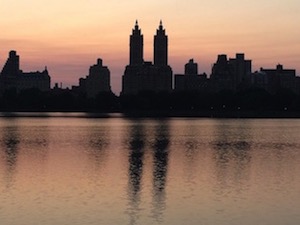
About Us
Celebrating the culture and life of New York and the people who have relished the city in their work and in their lives.
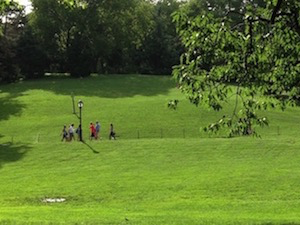
Walks
Some of the most magical walks in New York begin at Cedar Hill in Central Park near 5th Av. and 79th St.
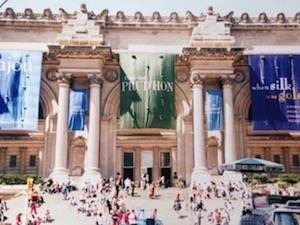
Metropolitan Museum
The Metropolitan Museum of Art on 5th Avenue at 82nd Street breathes life and joy to visitors from around the world.
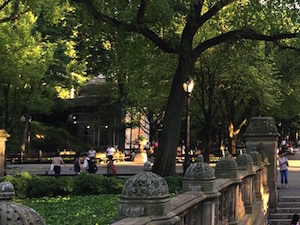
Bandshell
Classical Music Concerts have been presented at the Bandshell in Central Park since 1905 as described by E. B. White in Here is New York.
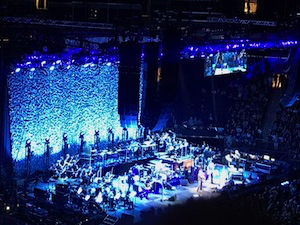
Concert Reviews
The Who played Madison Square Garden and Jones Beach Theatre. Van Morrison returned to Forest Hills Stadium.
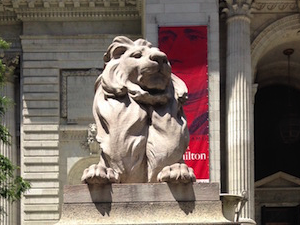
Writers
E. B. White and Paul Goldberger stand with F. Scott Fitzgerald as perhaps the most enchanting writers of New York.
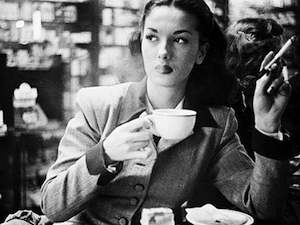
Women of the
Beat Generation
In the 50's a few high spirited women haunted the Beat cafes in Greenwich Village and went on to live as ex-pats in Paris.
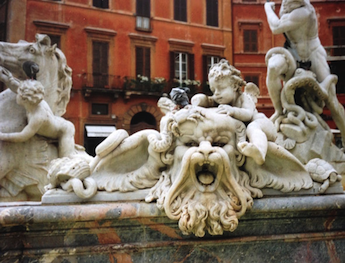
The Streets of Rome
The Metropolitan Spirit of the Eternal City is evoked in Bob Dylan's “When I Paint My Masterpiece.”
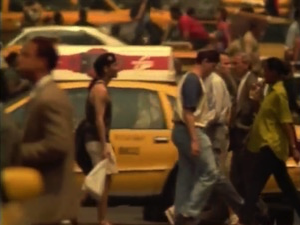
Films
Ric Burns’ film The Center of the World is one of the most graceful and moving responses to the events of September 1, 2001.
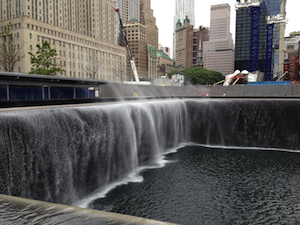
September 11
In the days after September 11 thousands of flyers and bulletins went up in public places around New York City.
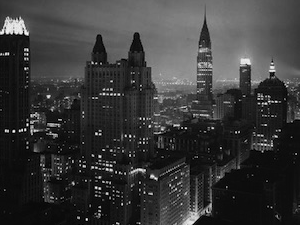
Metropolitan Spirit
F. Scott Fitzgerald recalls his experience of New York, defining the Metropolitan Spirit and his three symbols of the city.
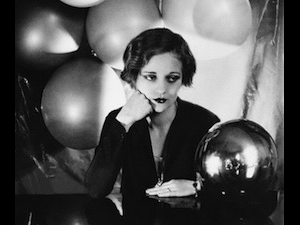
The Jazz Age
Fitzgerald reveals how sudden good fortune, flappers, and the midnight frolic belied the secrets of the Jazz Age.
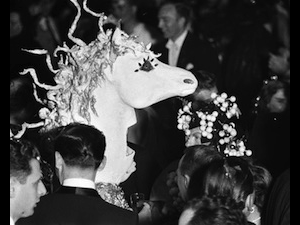
The Roaring Twenties
Fitzgerald recalls how the uncertainties of the 1920’s were drowned in a steady, golden roar.
